As the calendar winds down, most business owners are focused on closing out the year—finalizing budgets, reviewing performance, and planning for a stronger start in January. But there’s one strategic move that often gets overlooked: exploring a Professional Employer Organization (PEO) partnership.
If you’ve ever thought about outsourcing payroll, HR, benefits, and compliance to experts, the end of the year is the perfect time to do it—and here’s why.
1. You’re Already in Planning Mode
Between budget meetings and renewal discussions, you’re naturally reviewing costs and vendors right now. That makes it much easier to evaluate a PEO’s pricing structure and compare it against what you’re currently paying for:
Workers’ compensation
Health insurance
Payroll processing
Employer taxes
HR administration
When you gather all this data for year-end planning, it’s the same information a PEO uses to provide competitive quotes—making now the most efficient time to explore your options.
2. January Is the Cleanest Transition Point
Starting a PEO relationship on January 1 allows for a smooth, “clean-slate” transition:
All payroll, tax filings, and benefit enrollments start fresh for the new calendar year.
You avoid mid-year reconciliations or duplicate W-2s.
Employees experience a seamless switch without confusion or retroactive adjustments.
For payroll and HR teams, a January start simply makes everything easier from an accounting and compliance standpoint.
3. Avoid Renewal Traps and Rising Costs
If your group health insurance or workers’ comp policy renews January 1, you’re likely seeing rate increases or plan changes right now. PEOs leverage group purchasing power to deliver better benefits at lower costs—often saving employers 10–25% on HR-related expenses.
Exploring PEO options now gives you leverage before signing another 12-month renewal with inflated rates.
4. Get Ahead of Compliance Changes
Every new year brings updated tax tables, wage laws, and compliance regulations. A PEO can help ensure you start January fully compliant with new:
Minimum wage increases
Payroll tax limits (Social Security, FUTA, SUTA)
ACA reporting requirements
Employee handbook updates
Instead of scrambling in January, your business can hit the ground running with all HR systems already updated.
5. Peace of Mind During the Busy Season
For many companies, Q4 and Q1 are the busiest times of year. Partnering with a PEO removes administrative stress so you can focus on sales, service, and growth instead of paperwork and compliance headaches.
By locking in a PEO before the holidays, you start January with less chaos and more control.
Final Thoughts
Making the move to a PEO isn’t just about cutting costs—it’s about creating a more efficient, compliant, and scalable foundation for your business in the new year.
So before you renew your current plans or finalize next year’s budget, take a moment to explore how a PEO could:
Simplify your HR operations
Reduce your total labor costs
Strengthen your employee benefits package
Because when January comes, the companies that plan ahead don’t just start strong—they stay ahead.
Ready to explore your options?
Let’s compare top-rated PEO programs and see how much your business could save for 2026.
📩 Email Sales@BACbenefits.com or call 321-441-9056 to schedule your free PEO cost comparison.




